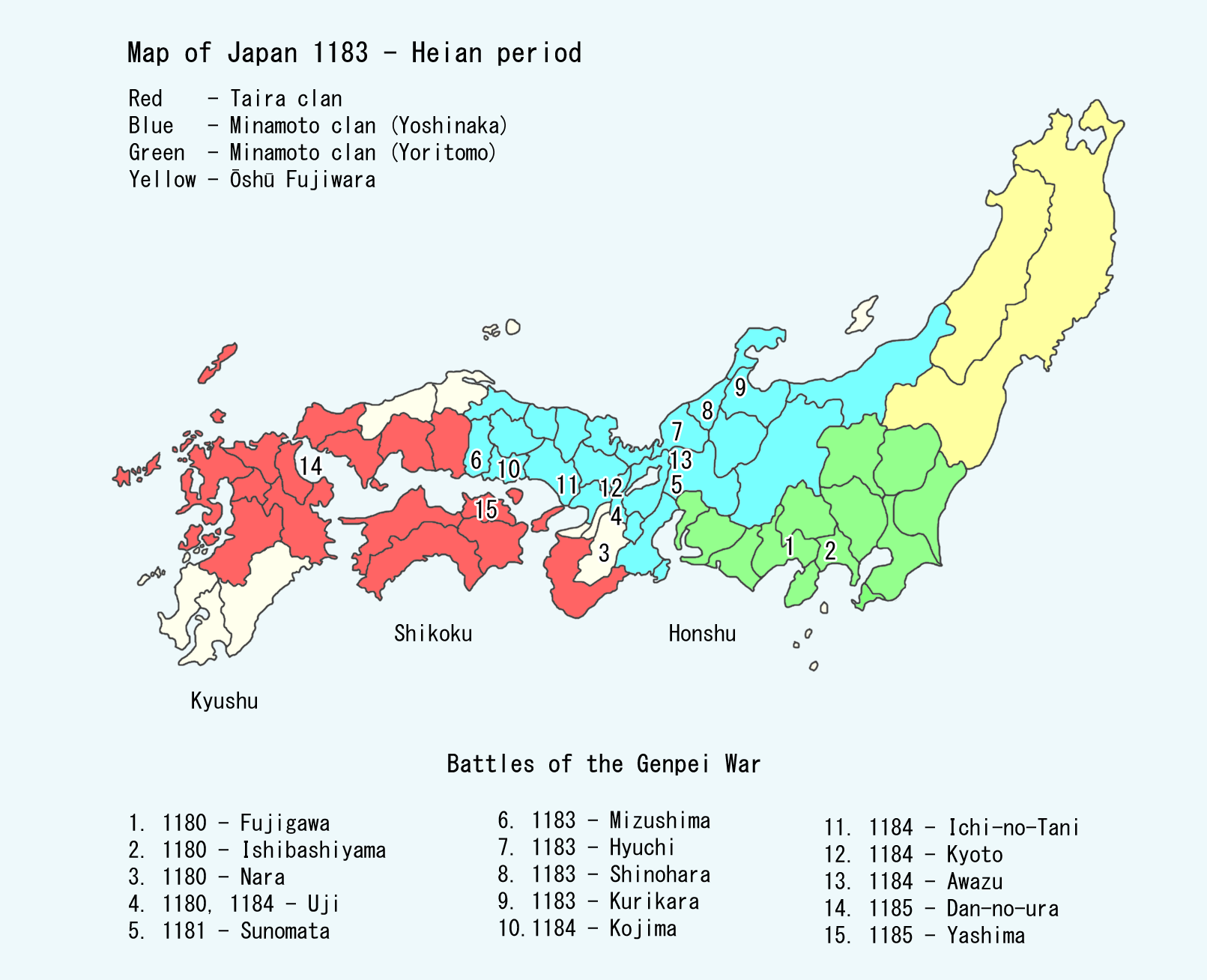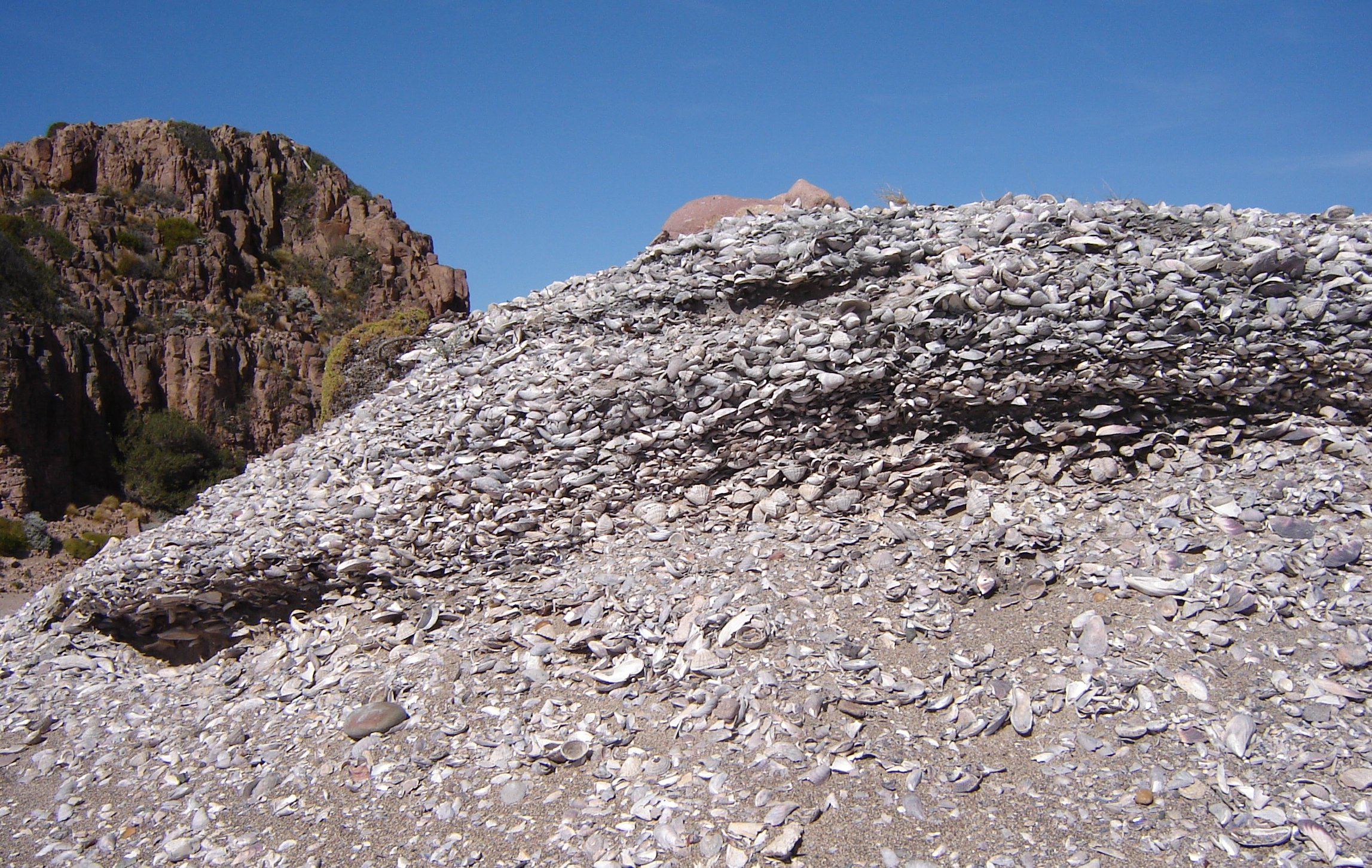|
Chiba (city)
is the capital Cities of Japan, city of Chiba Prefecture, Japan. It sits about east of the centre of Tokyo on Tokyo Bay. The city became a Cities designated by government ordinance of Japan, government-designated city in 1992. In March 2025, its population was 983,045, with a population density of 3,617 people per km2. The city has an area of . Chiba City is one of the Kantō region's primary seaports, and is home to Port of Chiba, Chiba Port, which handles one of the highest volumes of cargo in Japan. Much of the city is residential, although there are many factories and warehouses along the coast. There are several major urban centres in the city, including Makuhari, a prime waterfront business district in which Makuhari Messe is located, and Central Chiba, in which the prefectural government office and the city hall are located. Chiba is famous for the Chiba Urban Monorail, the longest suspended monorail in the world. Some popular destinations in the city include: Kasori She ... [...More Info...] [...Related Items...] OR: [Wikipedia] [Google] [Baidu] |
Cities Designated By Government Ordinance Of Japan
A , also known as a or , is a Cities of Japan, Japanese city that has a population greater than 500,000 and has been designated as such by order of the Cabinet of Japan under Article 252, Section 19, of the Local Autonomy Law. Designated cities are delegated many of the functions normally performed by prefectures of Japan, prefectural governments in fields such as public education, social welfare, sanitation, business licensing, and urban planning. The city government is generally delegated the various minor administrative functions in each area, and the prefectural government retains authority over major decisions. For instance, pharmaceutical retailers and small clinics can be licensed by designated city governments, but pharmacies and hospitals are licensed by prefectural governments. Designated cities are also required to subdivide themselves into (broadly equivalent to the boroughs of London or the boroughs of New York City), each of which has a ward office conducting v ... [...More Info...] [...Related Items...] OR: [Wikipedia] [Google] [Baidu] |
Tokyo Bay
is a bay located in the southern Kantō region of Japan spanning the coasts of Tokyo, Kanagawa Prefecture, and Chiba Prefecture, on the southern coast of the island of Honshu. Tokyo Bay is connected to the Pacific Ocean by the Uraga Channel. The Tokyo Bay region is the most populous and the largest industrialized area in Japan. Names In ancient times, the Japanese knew Tokyo Bay as the . By the Azuchi–Momoyama period (1568–1600) the area had become known as after the city of Edo. The bay took its present name in modern times, after the Imperial court moved to Edo and renamed the city Tokyo in 1868. Geography Tokyo Bay juts prominently into the Kantō Plain. It is surrounded by the Bōsō Peninsula in Chiba Prefecture to the east and the Miura Peninsula in Kanagawa Prefecture to the west. The shore of Tokyo Bay consists of a Diluvium, diluvial plateau and is subject to rapid marine erosion. Sediments on the shore of the bay make for a smooth, continuous shoreline. Bound ... [...More Info...] [...Related Items...] OR: [Wikipedia] [Google] [Baidu] |
Heian Period
The is the last division of classical Japanese history, running from 794 to 1185. It followed the Nara period, beginning when the 50th emperor, Emperor Kammu, moved the capital of Japan to Heian-kyō (modern Kyoto). means in Japanese. It is a period in Japanese history when the Chinese influence on Japanese culture, Chinese influences were in decline and the national culture matured. The Heian period is also considered the peak of the Japanese Emperors of Japan, imperial court, noted for its Japanese art, art, especially Japanese poetry, poetry and Japanese literature, literature. Two syllabaries unique to Japan, katakana and hiragana, emerged during this time. This gave rise to Japan's famous vernacular literature, with many of its texts written by court ladies who were not as educated in Chinese as their male counterparts. Although the Imperial House of Japan had power on the surface, the real power was in the hands of the Fujiwara clan, a powerful Kuge, aristocratic family wh ... [...More Info...] [...Related Items...] OR: [Wikipedia] [Google] [Baidu] |
Taira Clan
The was one of the four most important Japanese clans, clans that dominated Japanese politics during the Heian period, Heian period of History of Japan, Japanese history – the others being the Minamoto clan, Minamoto, the Fujiwara clan, Fujiwara, and the Tachibana clan (kuge), Tachibana. The clan is divided into four major groups, named after the Emperor of Japan, emperors they descended from: Emperor Kanmu, Kanmu Heishi, Emperor Ninmyō, Ninmyō Heishi, Emperor Montoku, Montoku Heishi, and Emperor Kōkō, Kōkō Heishi, the most influential of which was the Kanmu Heishi line. In the twilight of the Heian period, the Taira controlled the boy emperor Emperor Antoku, Antoku (himself the grandson of the powerful ''Kugyō'' Taira no Kiyomori) and had effectively dominated the Imperial capital of Heian-kyō, Heian. However, they were opposed by their rivals the Minamoto clan (the Genji), which culminated in the Genpei War (1180–1185 AD). The five-year-long war concluded with a d ... [...More Info...] [...Related Items...] OR: [Wikipedia] [Google] [Baidu] |
Kuni No Miyatsuko
, also read as ''kokuzō'' or ''kunitsuko'', were officials in ancient Japan during the Yamato period who governed provinces called ''kuni''. Yamato period ''Kuni no miyatsuko'' governed provinces called ''kuni'' (国), although the location, names, and borders of the provinces remain unclear. ''Kuni no miyatsuko'' were appointed by and remained under the jurisdiction of the Yamato Court, but over time the position became hereditary. ''Kuni no miyatsuko'' carried ''kabane'' titles bestowed by the Yamato Court, commonly Kimi (kabane), ''kimi'' (君) or ''atae'' (直). Prestigious ''kuni no miyatsuko'' held the title of ''Omi (title), omi'' (臣). Taika Reforms The office of ''kuni no miyatsuko'' was abolished in the Taika Reforms in 645 and the former administrative ''kuni'' (provinces) were formally reorganized under the ''Ritsuryō'' system. The provinces became ruled by new officials called ''kuni no mikotomochi'', or more commonly, Kokushi (official), ''kokushi''. The ''kuni n ... [...More Info...] [...Related Items...] OR: [Wikipedia] [Google] [Baidu] |
Thousand
1000 or one thousand is the natural number following 999 and preceding 1001. In most English-speaking countries, it can be written with or without a comma or sometimes a period separating the thousands digit: 1,000. A group of one thousand units is sometimes known, from Ancient Greek, as a chiliad. A period of one thousand years may be known as a chiliad or, more often from Latin, as a millennium. The number 1000 is also sometimes described as a short thousand in medieval contexts where it is necessary to distinguish the Germanic concept of 1200 as a long thousand. It is the first 4-digit integer. Notation * The decimal representation for one thousand is ** 1000—a one followed by three zeros, in the general notation; ** 1 × 103—in engineering notation, which for this number coincides with: ** 1 × 103 exactly—in scientific normalized exponential notation; ** 1 E+3 exactly—in scientific E notation. * The SI prefix for a thousand units is "kilo-", abbreviated ... [...More Info...] [...Related Items...] OR: [Wikipedia] [Google] [Baidu] |
Japanese Language
is the principal language of the Japonic languages, Japonic language family spoken by the Japanese people. It has around 123 million speakers, primarily in Japan, the only country where it is the national language, and within the Japanese diaspora worldwide. The Japonic family also includes the Ryukyuan languages and the variously classified Hachijō language. There have been many Classification of the Japonic languages, attempts to group the Japonic languages with other families such as Ainu languages, Ainu, Austronesian languages, Austronesian, Koreanic languages, Koreanic, and the now discredited Altaic languages, Altaic, but none of these proposals have gained any widespread acceptance. Little is known of the language's prehistory, or when it first appeared in Japan. Chinese documents from the 3rd century AD recorded a few Japanese words, but substantial Old Japanese texts did not appear until the 8th century. From the Heian period (794–1185), extensive waves of Sino-Ja ... [...More Info...] [...Related Items...] OR: [Wikipedia] [Google] [Baidu] |
Futa (red Panda)
Futa (born 2003 in Shizuoka) is a male red panda (''Ailurus fulgens'') at the Chiba Zoological Park in Chiba, Japan. In 2005, he became a visitor attraction and a television celebrity in Japan for his ability to stand upright on his hind feet for about ten seconds at a time. At the time, this feat drew about 6,000 visitors to the zoo each weekend and resulted in Futa's appearance in a soft drink television advertisement. Futa was still at it in 2020, aged 17, equivalent to a human age of 70. Futa inspired the character of Pabu, an animal companion in the animated U.S. TV series ''The Legend of Korra ''The Legend of Korra'' (abbreviated as ''TLOK'' and also known as ''Avatar: The Legend of Korra'' or more rarely simply as ''Korra'') is an American animated Fantasy television, fantasy action drama television series created by Michael Dante ...''. In recent years, Futa's right eye was affected by cataract. References {{reflist Individual musteloids Chiba (city) 2003 ... [...More Info...] [...Related Items...] OR: [Wikipedia] [Google] [Baidu] |
Red Panda
The red panda (''Ailurus fulgens''), also known as the lesser panda, is a small mammal native to the eastern Himalayas and southwestern China. It has dense reddish-brown fur with a black belly and legs, white-lined ears, a mostly white muzzle and a ringed tail. Its head-to-body length is with a tail, and it weighs between . It is well adapted to climbing due to its flexible joints and curved semi-retractile claws. The red panda was formally Species description, described in 1825. The two currently recognised subspecies, the Himalayan and the Chinese red panda, Genetic divergence, genetically diverged about 250,000 years ago. The red panda's place on the Phylogenetic tree, evolutionary tree has been debated, but modern genetic evidence places it in close affinity with Procyonidae, raccoons, Mustelidae, weasels, and Mephitidae, skunks. It is not closely related to the giant panda, which is a bear, though both possess elongated wrist bones or "Sesamoid bone#Other animals, fal ... [...More Info...] [...Related Items...] OR: [Wikipedia] [Google] [Baidu] |
Chiba Zoological Park
The Chiba Zoological Park is located in Chiba Prefecture, east of Tokyo, Japan, and near the shore of Tokyo Bay. The park can be accessed by the Chiba Monorail and is open between 9:30am and 4:30pm. Animals Overview The Chiba Zoological Park opened its doors for the first time in April 1985, and now includes seven different areas. Zoological Hall Easy to access from the main gate and usually the first one visited by tourists. This area hosts the pavilion houses where the information desk is located. The Zoological Hall focuses on various species from the tropical rainforest such as nocturnal animals, marmosets, tropical birds and two-toed sloths. The small animals zone This area is the home of the zoo mascot, Futa the red panda, who became a TV celebrity in 2005. The area also houses other red pandas called Chichi, Meimei, Meita, Kuta, Mai, Mii, and Genta. Steppe Zone This area has big herbivores on display, such as elephants, giraffes, and zebras, but also has So ... [...More Info...] [...Related Items...] OR: [Wikipedia] [Google] [Baidu] |
Shellmound
A midden is an old dump for domestic waste. It may consist of animal bones, human excrement, botanical material, mollusc shells, potsherds, lithics (especially debitage), and other artifacts and ecofacts associated with past human occupation. These features provide a useful resource for archaeologists who wish to study the diets and habits of past societies. Middens with damp, anaerobic conditions can even preserve organic remains in deposits as the debris of daily life are tossed on the pile. Each individual toss will contribute a different mix of materials depending upon the activity associated with that particular toss. During the course of deposition sedimentary material is deposited as well. Different mechanisms, from wind and water to animal digs, create a matrix which can also be analysed to provide seasonal and climatic information. In some middens individual dumps of material can be discerned and analysed. Shells A shell midden or shell mound is an archaeolo ... [...More Info...] [...Related Items...] OR: [Wikipedia] [Google] [Baidu] |
Monorail
A monorail is a Rail transport, railway in which the track consists of a single rail or beam. Colloquially, the term "monorail" is often used to describe any form of elevated rail or people mover. More accurately, the term refers to the style of Track (rail transport), track.The term "track" is used here for simplicity. Technically the monorail sits on or is suspended from a guideway containing a singular structure. There is an additional generally accepted rule that the support for the car must be narrower than the car. Monorail systems are most frequently implemented in large cities, airports, and theme parks. Etymology The term possibly originated in 1897 from German engineer Eugen Langen, who called an elevated railway system with wagons suspended the ''Wuppertal Schwebebahn, Eugen Langen One-railed Suspension Tramway'' (Einschieniges Hängebahnsystem Eugen Langen). Differentiation from other transport systems Monorails have found applications in airport transfers and med ... [...More Info...] [...Related Items...] OR: [Wikipedia] [Google] [Baidu] |







